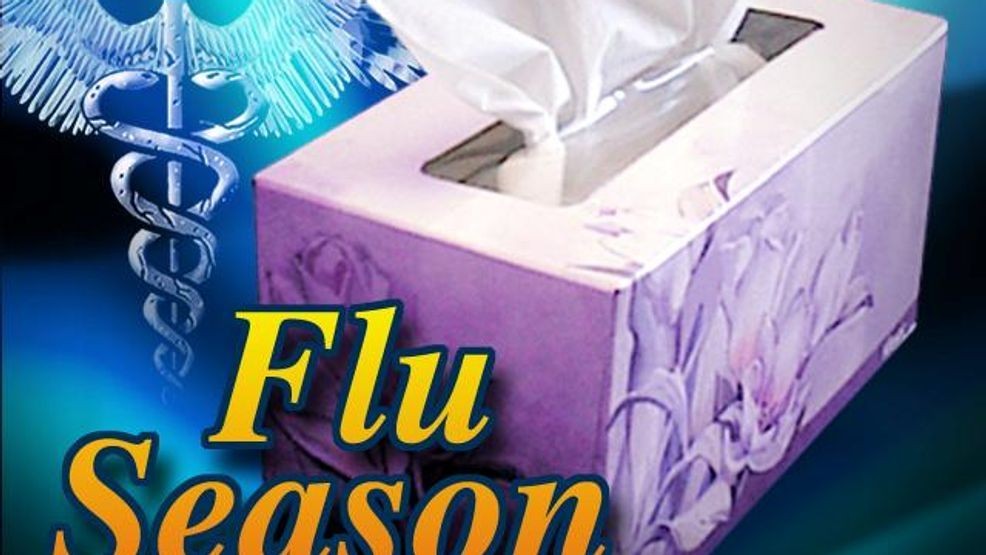Flu Season Fades: NY Health Officials Signal End of Widespread Outbreak

Good news for New Yorkers: The flu season is winding down, and health officials are breathing a sigh of relief. State Health Commissioner Dr. James McDonald delivered an optimistic update, declaring that the influenza outbreak for the 2024-25 season has significantly subsided.
After weeks of monitoring flu activity across the state, health experts have observed a substantial decrease in infection rates. This welcome development suggests that New York residents can look forward to a healthier transition into the spring months.
Dr. McDonald emphasized the importance of continued vigilance, even as flu cases drop. He recommended that residents maintain good hygiene practices, such as frequent hand washing and staying home when feeling unwell, to prevent potential future outbreaks.
The decline in flu cases is attributed to a combination of factors, including widespread vaccination efforts, improved public health awareness, and potentially milder viral strains this season.
While the threat is diminishing, health officials still encourage anyone experiencing flu-like symptoms to consult with their healthcare provider and take necessary precautions to protect themselves and their community.
